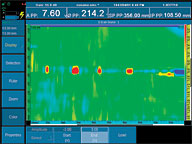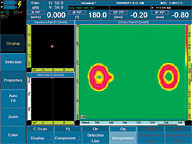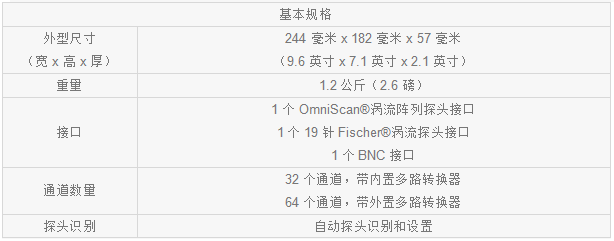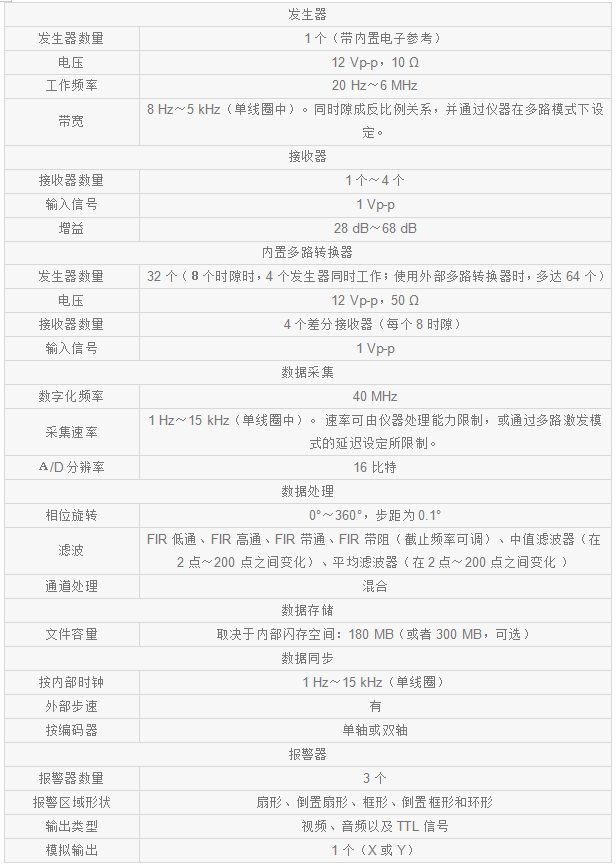
Eddy current array technology (ECA) electronically drives multiple adjacent eddy current induction coils in the same probe, and interprets the signals from these induction coils. By using multi-channel technology to collect data, mutual inductance between different coils can be avoided.
Eddy current array technology (ECA) electronically drives multiple adjacent eddy current induction coils in the same probe, and interprets the signals from these induction coils. By using multi-channel technology to collect data, mutual inductance between different coils can be avoided.
Omniscan? ECA detection configuration can support 32 inductive coils in bridge or transmit receive mode (up to 64 inductive coils can be supported with external multiplexer). The operating frequency range is 20 Hz ~ 6 MHz, and multiple frequencies can be selected in the same acquisition set.
Compared with single channel eddy current technology, eddy current array technology has the following advantages
★ The detection time is greatly reduced.
★ A single scan covers a larger detection area.
★ Reduce the complexity of mechanical and automatic scanning system.
★ Real time image of detection area is provided to facilitate data interpretation.
★ It is suitable for the detection of components with complex geometry.
★ The reliability and detection rate (POD) were improved.
Olympus NDT R / D Tech? ECA probes can be used in a wide range of applications. Different probes can be designed according to different types of defects or the shape of the workpiece to be tested. The standard probe can detect defects such as cracks and pitting corrosion, and near surface defects such as cracks and corrosion in multilayer structures.
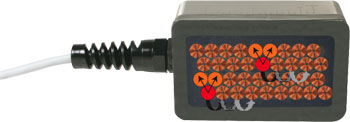
Multichannel conversion technology between sensors.

The eddy current array probe can save one of the two axis scanning, which makes the eddy current setting more flexible.
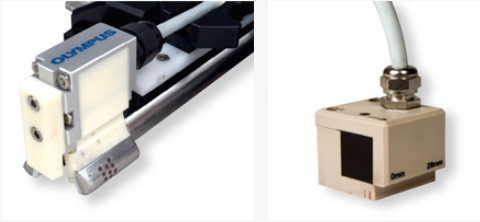
The probe can be made into different shapes and sizes to better adapt to the shape of the detection parts.
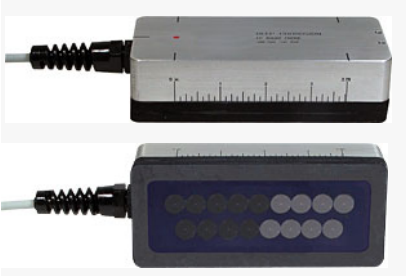
The transmitter receiver probe for corrosion detection can reach a depth of 6 mm (0.25 in.) in aluminum material.

Transmitter receiver probe for surface crack detection and an optional code.

Probe for surface crack detection.
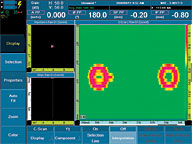
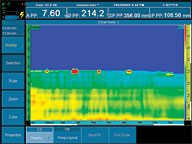
★ Real time data interpolation can improve the spatial display of defects.
★ Using two frequencies, a mix signal can be generated to remove interference signals (such as lift off, fastener signal, etc.).
★ High pass, low pass, median and average filters can be selected for data processing. An application example is shown in the figure below: cracks are detected at the edge of the lap joint because there is a sharp change in thickness. The filtered data can improve the detection effect, especially for small cracks.
